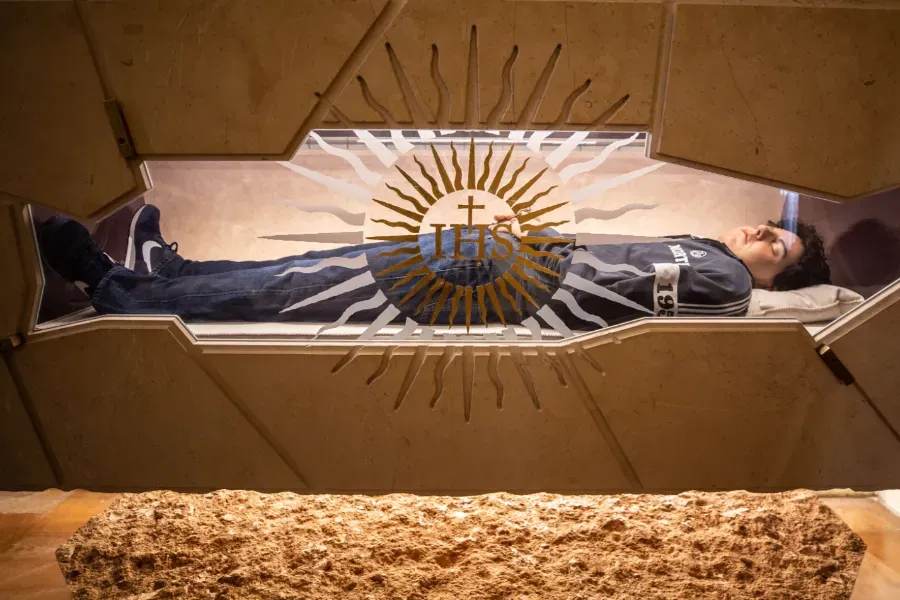ACI Prensa Staff, 28 May, 2024 / 8:10 pm (ACI Africa).
The news of the upcoming canonization of Blessed Carlo Acutis, the Italian teenager with a passion for computers and the Eucharist, has people wanting to know about the circumstances of his death and the place where his body rests.
Acutis died at the young age of 15 in 2006 from acute promyelocytic leukemia (M3), which poses a much higher death rate than other forms of leukemia.
According to the Spanish Association of People Affected by Lymphoma, Myeloma, and Leukemia (AEAL), the high mortality rate for M3 is due to the fact that leukemic cells release granules loaded with proteins and enzymes into the bloodstream. This causes the destruction of clotting factors in the blood, which can result in serious bleeding, such as brain bleeds, and also the formation of clots in the blood vessels.
Carlo fell ill on Oct. 2, 2006, and was initially thought to just have the flu. However, his condition worsened and he was diagnosed with leukemia at the De Marchi Clinic in Milan. Later, he was transferred to San Gerardo hospital in Monza, a city located in northern Italy.
On Tuesday, Oct. 10, 2006, Carlo asked to receive the anointing of the sick and the Eucharist, certain that he would die soon. The next day, he went into a coma due to a brain hemorrhage. He was pronounced clinically dead at 5 p.m., and his heart stopped beating about two hours later.








